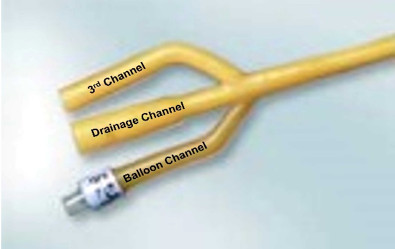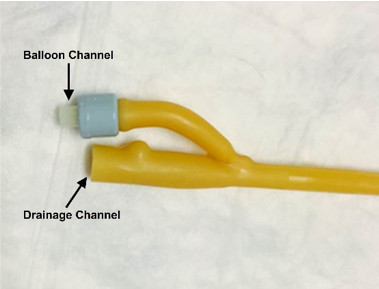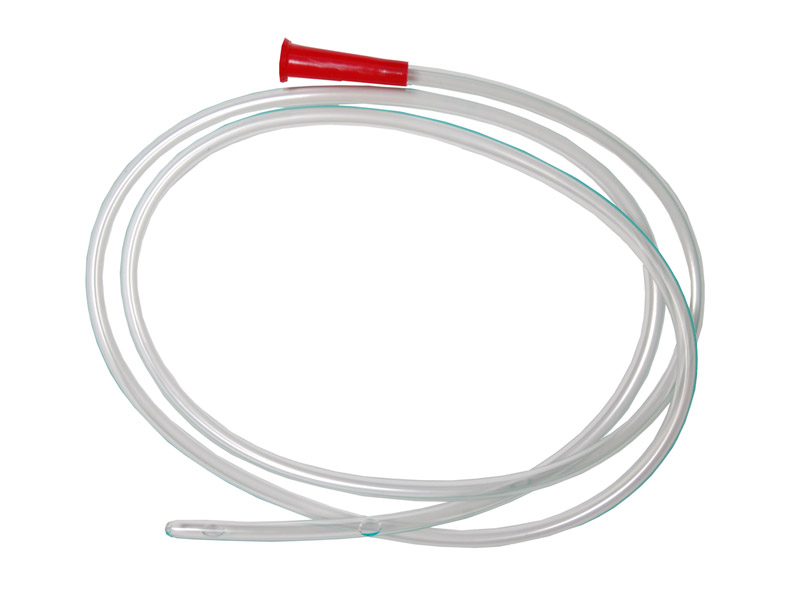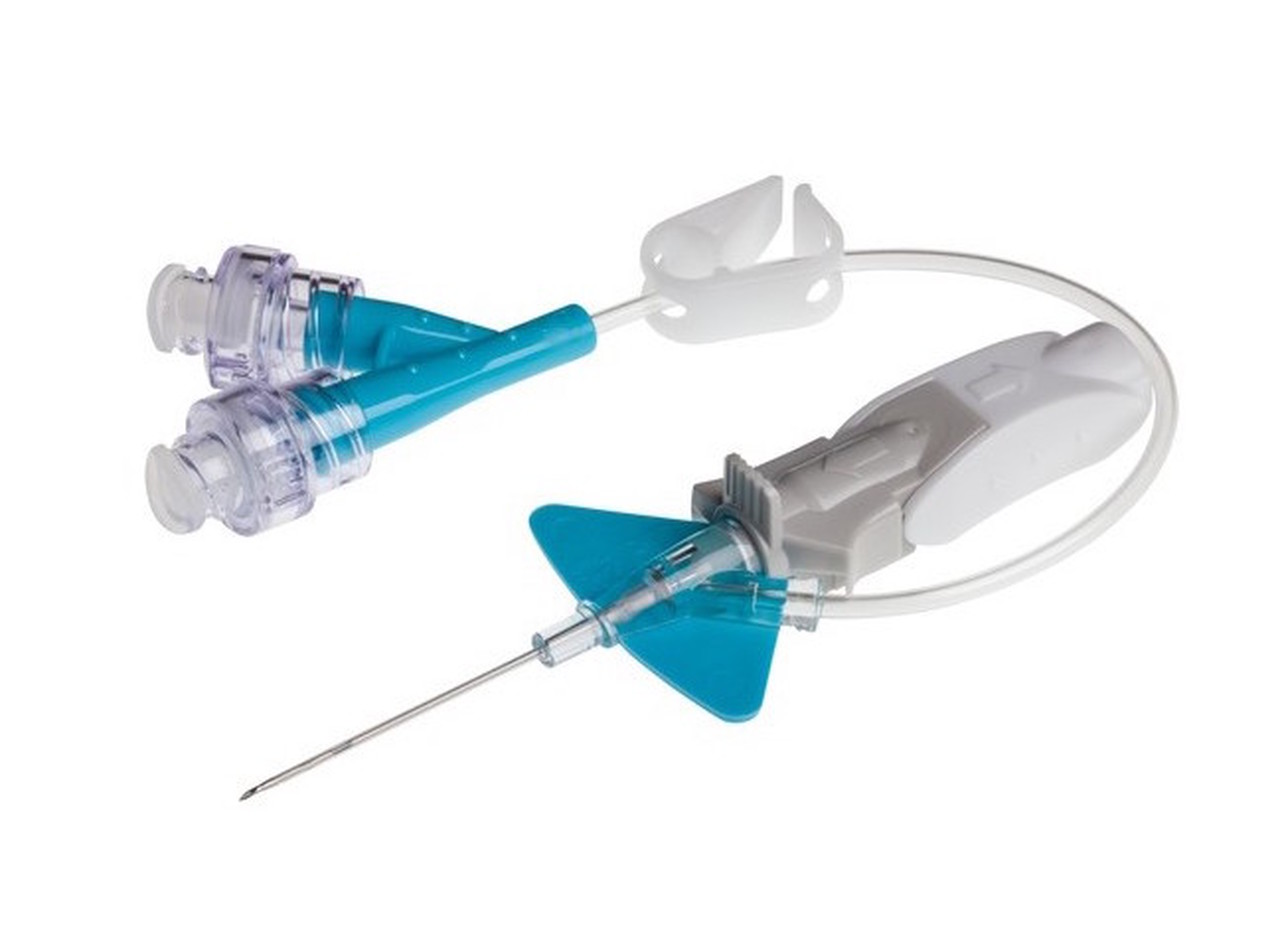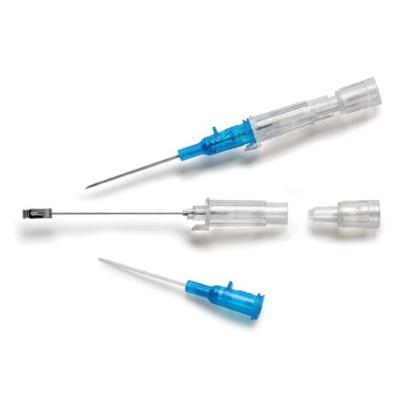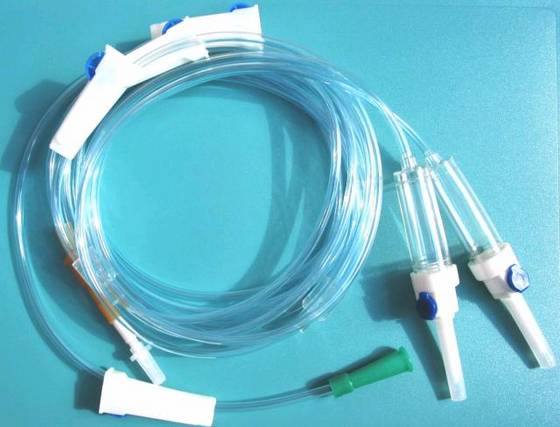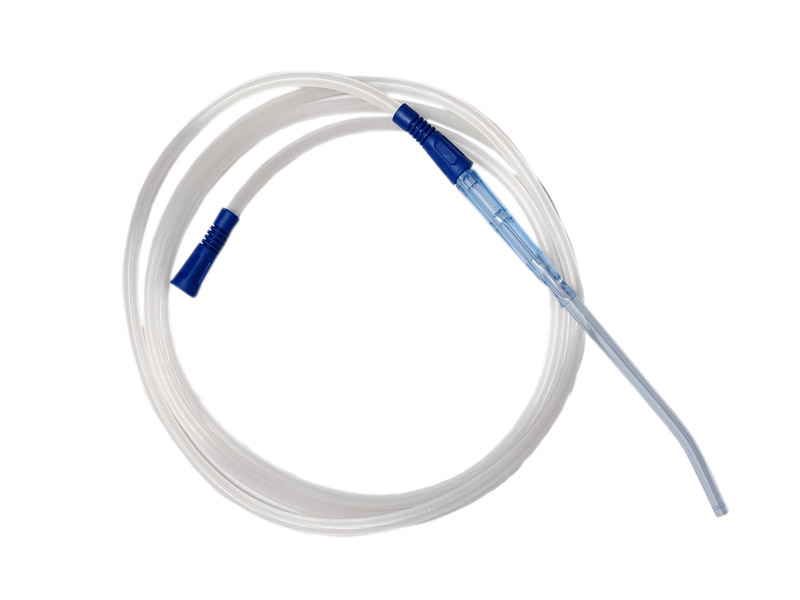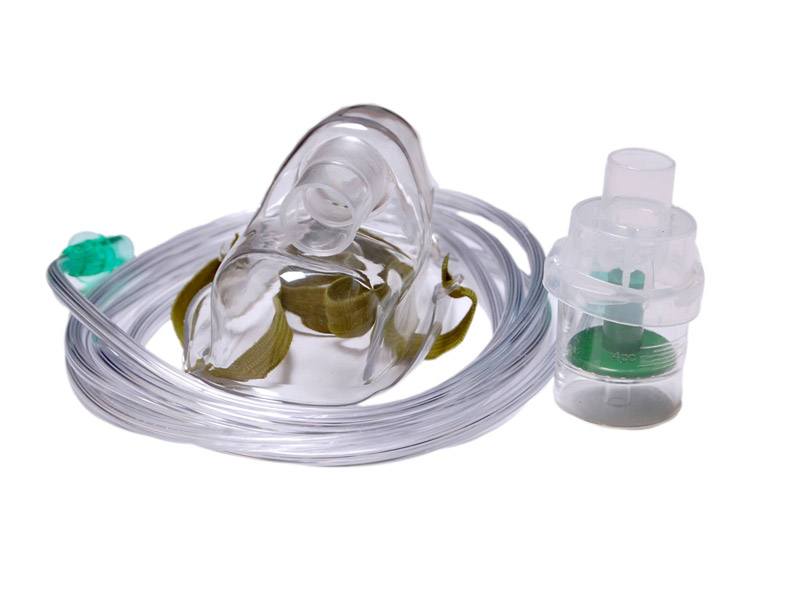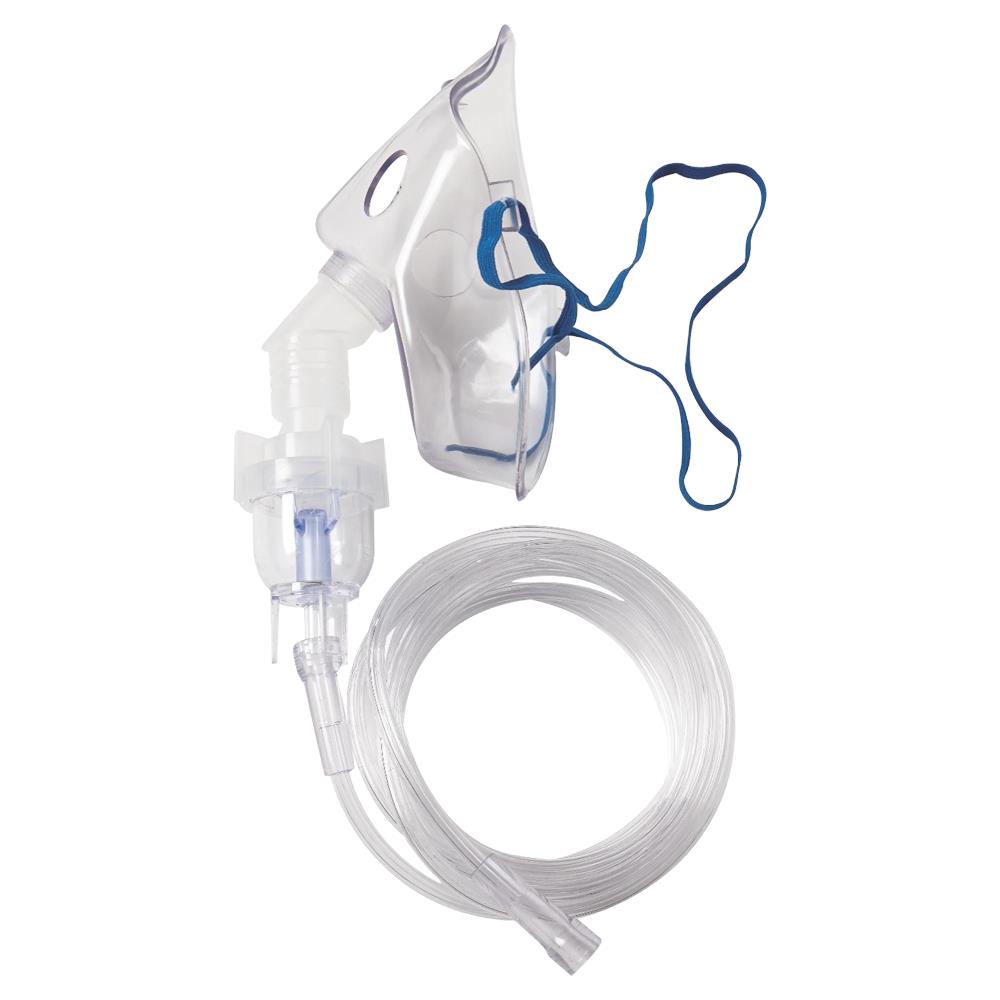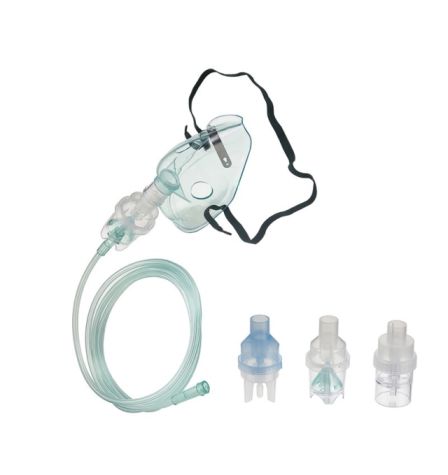Intravenous administration of fluids, drugs, and nutrients is really common in hospitals when a case is unsuitable for oral medication. The IV cannula / IV catheter is a frequent first-line invasive fashion, in which the needle (waistband through a flexible tube) is fitted to a specific tone, usually in the lower arm, including the metacarpals. It ensures proper administration of fluids, drugs, nutrients, blood products through the systemic circulation.
IV cannulas are usually fitted for short-term treatment or infusion as well as gel cap injection. Our company, MAIS India manufactures in various sizes (14 to 26G), lengths (19 to 45 mm), compositions and designs (injection anchorage and bodies), etc. to meet the current demand. They are also available in different colors according to the standards for easy identification (depending on their size).

There are two types of catheters available depending on their design-
FEP (fluorinated ethylene)
Flood (polyurethane)
As they are composed of soft, non-luminous, radiopaque accounts and provide no resistance to blood flow, they reduce the chances of thrombophlebitis (inflammation due to blood clots). Angiplast Pvt Ltd produces smooth IV cannulas with injection harbourage and bodies specially designed with scratched back-cut needles that provide less penetration power and less pain in the case. The whole body is made transparent with a flashback chamber for easy visualization and proof of tone penetration. Injection with unilateral silicone injection stopcock is designed for intermittent administration of harbourage specifications. The body gives unnecessary grip when inserted and helps the device to stick to the skin. It is also covered with tight circling which prevents the case from any kind of impurity. The largest cannula (14 – 16 hands) should be used for infusion of a thick liquid like blood or for rapid-fire infusion. The lowest cannula (20 – 24 hands) is acceptable for intermittent administration of drugs (unless given by rapid-fire infusion). Due to its extensive operation, Angiplast ensures its wide availability and manufactures it at prices that certify its stylish quality and international standards. Intravenous administration of fluids, drugs, and nutrients is really common in hospitals when a case is unsuitable for oral medication. The IV cannula / IV catheter is a frequent first-line invasive fashion, in which the needle (waistband through a flexible tube) is fitted to a specific tone, usually in the lower arm, including the metacarpals. It ensures proper administration of fluids, drugs, nutrients, blood products through the systemic circulation.
The IV cannula is usually fitted for short-term treatment or infusion as well as gelcap injection. Our company, Angiplast manufactures in various sizes (14 to 26G), lengths (19 to 45 mm), compositions and designs (injection anchorage and bodies), etc. to meet the current demand. They are also available in different colors according to the standards for easy identification (depending on their size). There are two types of catheters available depending on their design-
FEP (fluorinated ethylene)
Flood (polyurethane)
As they are made up of soft, non-luminous, radiopaque accounts and offer no resistance to blood flow, they reduce the risk of thrombophlebitis (inflammation due to blood clots). Angiplast Pvt Ltd produces smooth IV Cannulas with injection harborage and bodies specially designed with scratched back-cut needles that provide less penetration power and less pain in the case. The whole body is made transparent with a flashback chamber for easy visualization and proof of tone penetration. Injection with unilateral silicone injection stopcock is designed for intermittent administration of harborage specifications. The body gives unnecessary grip when inserted and helps the device to stick to the skin. It is also covered with tight circling which prevents the case from any kind of impurity. The largest cannula (14 – 16 hands) should be used for infusion of a thick liquid like blood or for rapid-fire infusion. The lowest cannula (20 – 24 hands) is acceptable for intermittent administration of drugs (unless given by rapid-fire infusion). Due to its extensive operation, Angiplast ensures its wide availability and manufactures it at prices that certify its stylish quality and international standards.




